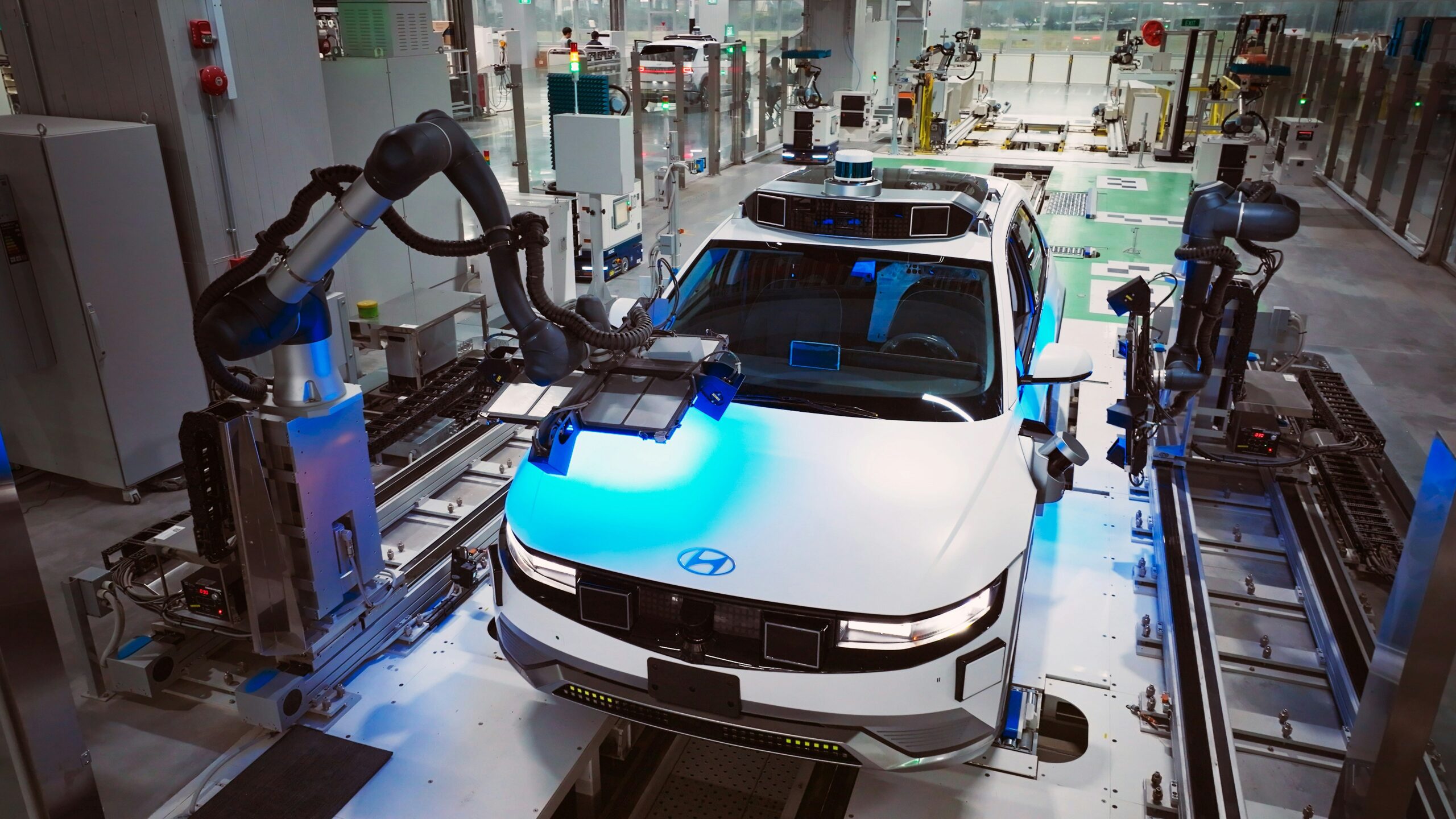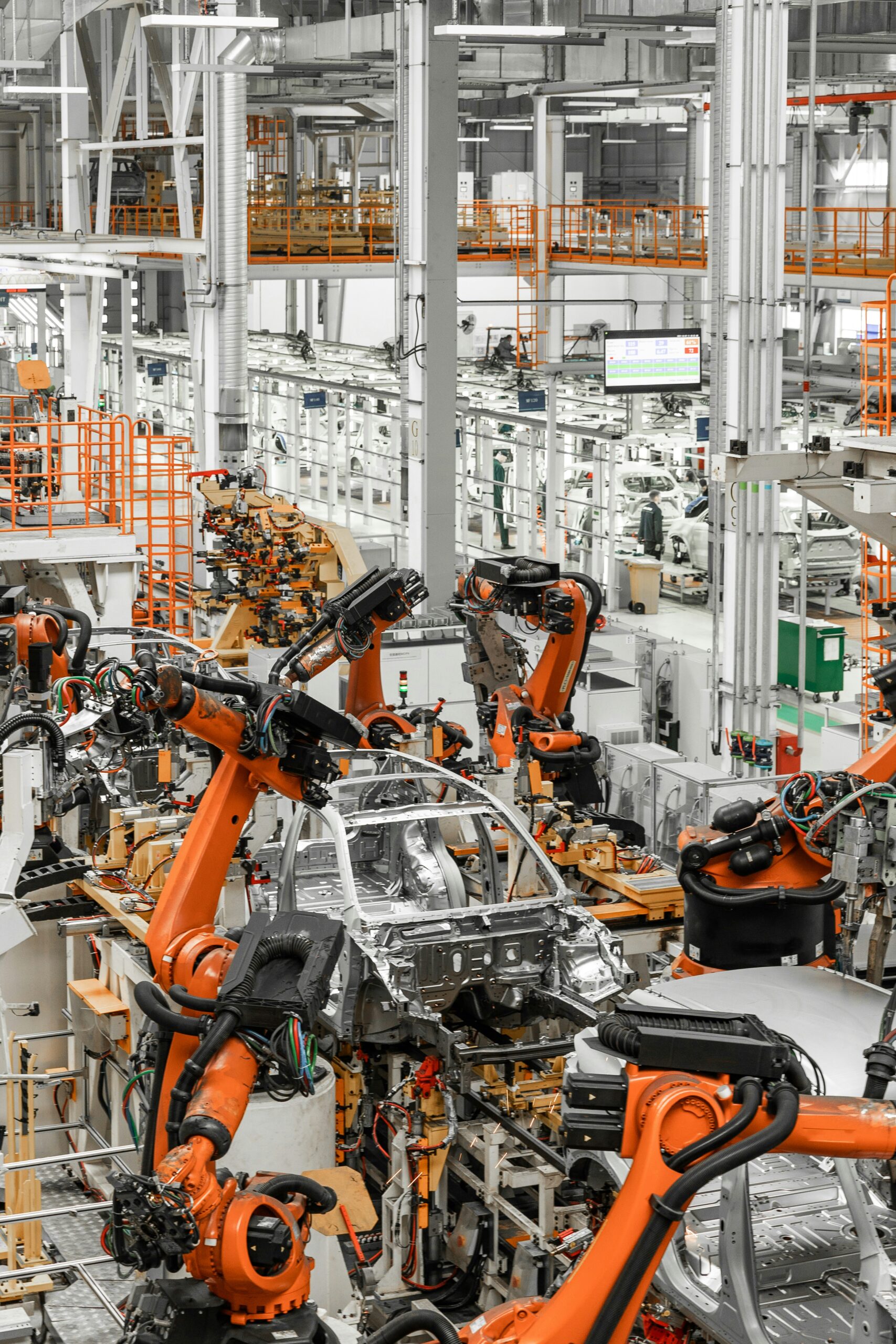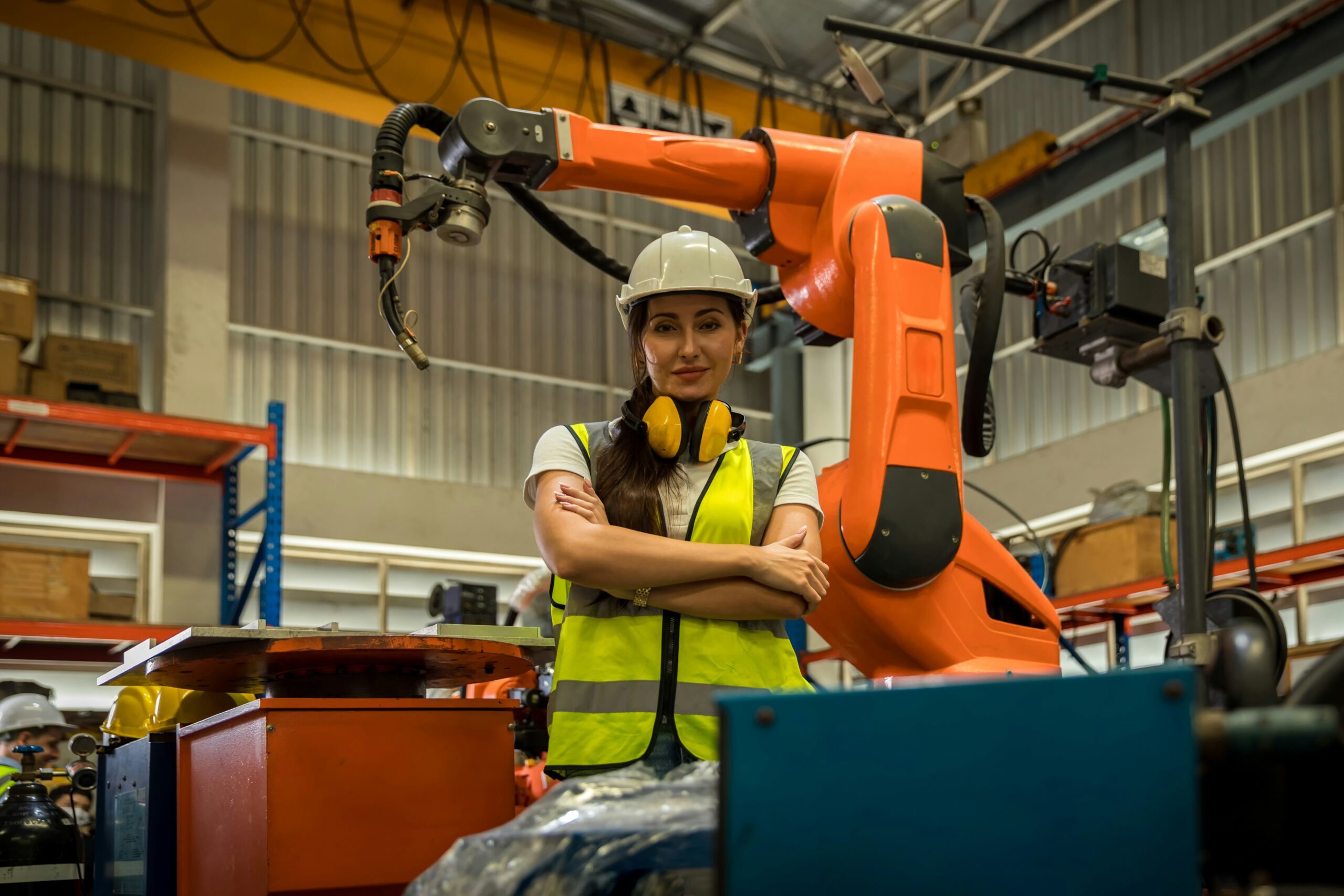Introduction
It is imperative to select the appropriate robot in the constantly changing field of industrial automation to improve productivity and efficiency. This article will compare the efficacy of two common industrial robot types: six axis robots and palletizing robots. A exhaustive guide will be provided to assist manufacturers in making informed decisions by evaluating their technical specifications, application suitability, and overall efficiency.
Scope of Robotic Technologies
Introduction to Industrial Robots Industrial
Robots have become an essential component of contemporary manufacturing, providing superior precision, consistency, and efficiency that human labor is unable to match. Different configurations of these robots are intended to execute distinct duties. The manufacturing landscape is being transformed by industrial robotics, which are now involved in assembly, welding, packaging, and material handling.

Details of Six-Axis Robots
Versatility and dexterity are prominent characteristics of six-axis robotics. These machines are capable of moving in six distinct directions, as their name implies, and provide them with six degrees of freedom. Because of this, they are optimal for duties that necessitate precise positioning and intricate movements. Welding, painting, assembly, and material handling comprise common applications. Six axis robots can carry out duties that would be impossible or difficult for robots with less capability because of their adaptability.

Details of Palletizing Robots
Palletizing machines, in contrast, are designed to arrange and organize products on pallets.. The objective of these robots is to execute repetitive, high-volume tasks with precision and quickness. In sectors such as logistics, pharmaceuticals, and food and beverage, the efficient palletizing is essential for the preservation of workflow. They are widely employed. The primary advantage of palletizing robots is their ability to accommodate substantial cargo and operate continuously with minimal human intervention.
Details of the Products
Collaborative Robot with Six Axes
The R6-093S collaborative robot is an outstanding illustration of a six axis robot. The robot is intended for arc welding, pick-and-place, palletizing, and handling, with a payload of 6kg and a reaching distance of 917mm. Its adaptability to a variety of industrial applications is facilitated by its compact structure and capacity to operate in restricted spaces. A valuable asset to any production line, the R6-093S is recognized for its exceptional performance and reliability.
Robot That Palletizes
The palletizing robot QJRB180-1 is distinguished by its exceptional specifications. Its payload capacity of 180kg and reaching distance of 3153mm render it appropriate for high-speed and high-precision duties in industries such as furniture, food and beverage, and 3C (computers, communication, consumer electronics). For example, this robot is intended to perform tasks such as palletizing, selecting, packaging, handling, loading, and offloading. In demanding industrial environments, it is an exceptional selection due to its stable performance and high-speed operation.

Technical Comparative Analysis Payload Capacity
When contrasting six axis robots and palletizing robots, payload capacity is one of the most crucial factors to take into account. The payload capacity of six-axis robots, such as the R6-093S, is typically lower than that of palletizing robots. The R6-093S is well-suited for tasks that require precision over brute strength, and it can handle a maximum weight of 6kg. In contrast, the QJRB180-1 palletizing robot is optimally adapted for tasks that require the transportation of large objects and the lifting of heavy objects, as it can accommodate up to 180kg. The considerable disparity in payload capacity serves to emphasize the specialist nature of palletizing robots for heavy-duty tasks.
Distant Reach
The appropriateness of a robot for particular duties is also determined by its reach distance. Compared to palletizing robots, six-axis robots typically have a reduced arm span. For instance, the R6-093S is suitable for duties that necessitate close-range precision, as it has a reaching distance of 917mm. The QJRB180-1, in contrast, has a reaching distance of 3153mm, which enables it to tackle duties that necessitate extended reach and cover a larger area. As a result, palletizing robots are more appropriate for operations that necessitate greater working areas.
Accuracy and Precision
Precision and accuracy are essential for guaranteeing the quality of industrial robotics’ tasks. This is an area in which six-axis robotics excel, with the R6-093S providing a repeat positioning accuracy of ±0.02mm. In tasks such as welding and assembly, even minor deviations can have a significant impact on the final product, this high level of precision is essential. Palletizing robots offer sufficient accuracy for their intended duties, despite not being as precise as six axis robots. The repeat positioning accuracy of the QJRB180-1 is ±0.5mm, which is suitable for material handling and palletizing duties.
Speed and Motion Range
In a robot, the efficacy and versatility are significantly influenced by its pace and motion range. With joint velocities of up to 360°/s, six-axis robots such as the R6-093S are engineered for speed and agility. This enables them to handle duties with speed and efficiency. Palletizing robots, including the QJRB180-1, are also capable of achieving remarkable velocities, with joint speeds reaching 298°/s. Nevertheless, their most fundamental advantage is their capacity to perpetually manage repetitive duties. While palletizing robots typically have fewer degrees of freedom, the motion range of six axis robots is more extensive, allowing for movement in six directions.
Application Suitability
Applications That Are Specific To A Specific Industry
Palletizing robots and six axis robots are both widely used in a variety of industries; however, their precise applications vary. Six-axis robotics are implemented in numerous sectors, including aerospace, electronics, and automotive. Welding, painting, inspection, and assembly are among the tasks that these instruments are frequently utilized for. They are appropriate for applications that necessitate high precision and flexibility due to their capacity to execute intricate movements.
On the other hand, industries that require efficient palletizing and material management are dependent on palletizing robotics. In an effort to optimize their operations and inventory management, industries including logistics, pharmaceuticals, and food and beverage depend significantly on palletizing robots. Packaging, loading/unloading goods, and stacking products on palettes are among the duties that these robots excel in.

Task-specific Applications
Six axis robots are best adapted for tasks that necessitate precision and dexterity when it comes to application-specific duties. They possess the ability to perform complex tasks with unparalleled precision, including welding, painting, and assembly, as a consequence of their six-dimensional mobility. Moreover, these robots are well-suited for environments that necessitate adaptability and flexibility, as they can be reprogrammed to perform a diverse array of tasks.
The purpose of palletizing robots is to facilitate the efficient completion of repetitive duties. They are most effective for material handling, palletizing, selecting, and packaging. One example is the QJRB180-1, which is ideal for duties that require the movement of weighty objects and their organization on pallets. Industries necessitating continuous, high-speed operations are well-suited to its exceptional payload capacity and extended range.
Efficiency Analysis
Operational Efficiency
When deciding between six axis robots and palletizing robots, operational efficacy is a critical factor. In duties that necessitate adaptability and intricate movements, six-axis robots are highly efficient due to their precision and versatility. This reduces the necessity for numerous specialized robotics by enabling them to execute numerous duties within a single production line. Nonetheless, their operational efficacy may be affected by their shortened reach and reduced payload capacity.
In duties that necessitate repetitive movements and hefty lifting, palletizing robots are engineered to operate at a high efficient. The QJRB180-1, for instance, is capable of operating continuously with minimal human intervention, rendering it highly efficient for material handling and palletizing duties. It is more efficient in high-volume operations due to its capacity to transport substantial cargo and cover a wide area.
Productivity Effect
Depending on their application, six axis robots and palletizing robots have different effects on productivity. In duties that necessitate flexibility and intricate work, six-axis robots can considerably increase productivity due to their high precision and speed. Their capability to execute numerous duties simultaneously minimizes interruption and enhances overall efficiency.
On the other hand, palletizing robots are known for their ability to enhance productivity in duties that require the handling of significant quantities of products. They are indispensable in industries that necessitate rapid and efficient palletizing due to their capacity to operate at high speeds and sustain continuous work without fatigue. Moreover, the QJRB180-1’s productivity benefits are further enhanced by its extended reach and ability to tackle large loads.
Flexibility and adaptability
The adaptability and flexibility of a robot are essential factors in determining its suitability for various duties. Highly adaptable, six-axis robots can be reprogrammed to perform a variety of duties. This makes them the perfect choice for dynamic environments in which the production requirements are subject to frequent change. The adaptability of their compact design and their capacity to operate in confined spaces are further enhanced.
Palletizing robots offer significant adaptability within their specialized duties, though they are not as flexible as six axis robots. In its domain, the QJRB180-1 is versatile, as it can accommodate a variety of product types and palletizing configurations. On the other hand, it may not be appropriate for duties that necessitate high precision or intricate movements.
Final Thoughts
In conclusion, both palletizing robots and six axis robots have distinct advantages that make them appropriate for a variety of industrial applications. Detailed work and adaptability are the optimal applications for six-axis robotics, which are characterized by their versatility, precision, and flexibility. In duties that necessitate repetitive, high-volume movements, palletizing robots are particularly effective due to their operational efficiency, extended reach, and high payload capacity.
Choosing the appropriate robot is contingent upon the industry and the task’s specific requirements. Informed decisions that improve productivity and efficiency in operations can be made by manufacturers by comprehending the strengths and limitations of each variety. With the ongoing advancement of technology, the future of autonomous automation is expected to offer even more opportunities and capabilities for industrial applications.

